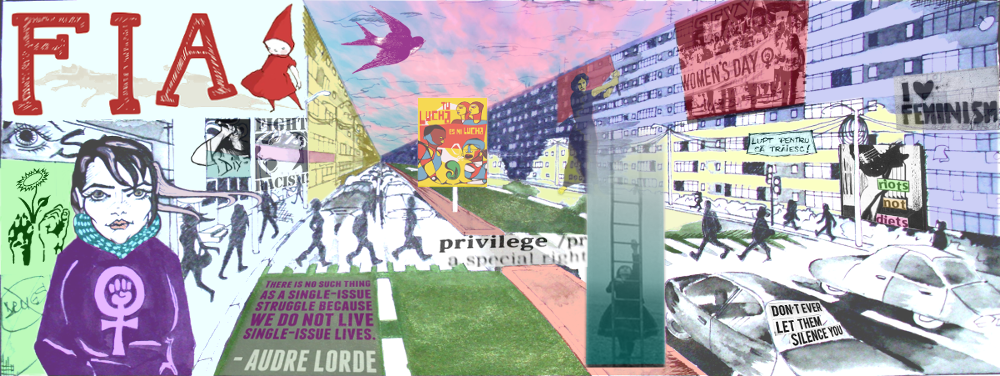CALL FOR PAPERS: For a special issue of the Anthropology of East Europe Review on Roma and Gadje, scheduled for Fall 2007.
We are seeking papers that consider the ways Romani individuals and communities negotiate, resist and reproduce the places Roma occupy in the social and political contexts of non-Romani spheres, as well as sociological analyses of the lifeworlds and counterpublics of Roma.
As a liberal order consolidates throughout the Eastern European region, Roma everywhere are taken up either as (to borrow a term from Saidiya Hartman) the “imaginative surface” of the woes of postsocialism or as a romanticized remnant of a bygone past. Roma seem to exist in the shadow of culture – timeless, errant and enchantingly Other – while the social worlds they inhabit are circumscribed by their intensifying economic and spatial marginalization and the continued pathologization of their behavior as inadaptable and often criminal. The historical roots of such stereotyping run deep and resonate powerfully in our particular moment: the Zigeuner/Tigani/Cikán/Cigany Other continues to function within discussions of transnational European identities, even as these discourses claim a complete break with the ethnonational identities of the past. Gadje, in turn, are rarely, if ever, explicitly implicated in the public figurations of difference through which Romani and Gadje identities are mutually constituted and that set the terms of much of the scholarly and activist engagement with Romani lives.
We seek contributions that situate their analysis within this specular constitution of otherness in specific historical, political and social milieux. How are individual Roma and Gadje interpolated by the dynamic and shifting boundaries that inform the dialectics of identity? What are the micro-physics of the negotiations along this border, and how do they sustain the production of difference? How are the ambiguities and indeterminacies encountered along these borders stabilized and made commensurate in acts of recognition (or rejection) of otherness? And how does the figuration of Zigeuner/Tigani/Cikán/Cigany difference symbolically secure the emergent political orders in the eastward progression of “Europeanization?”
Continue reading
